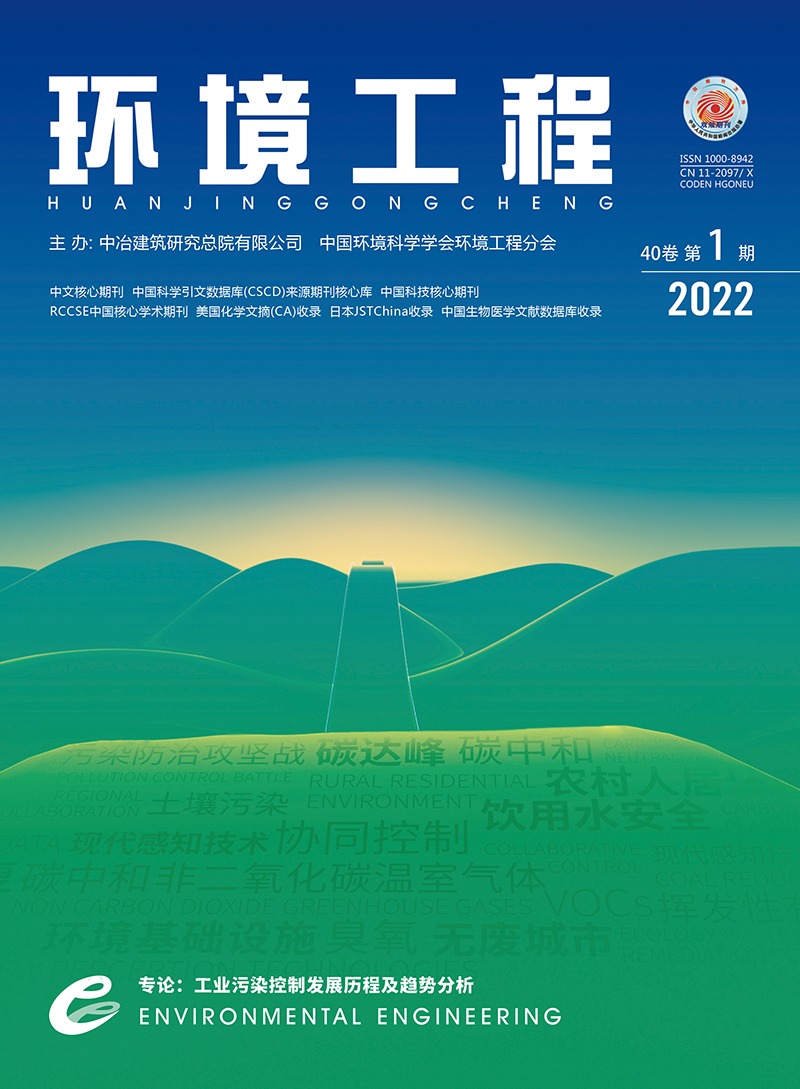| [1] |
朱诗洁,毛劲乔,戴会超.资料缺乏地区水系连通工程效益评价方法研究[J].水力发电学报,2021,40(2):12-19.
|
| [2] |
宋为威,逄勇.秦淮河流域控源截污与生态补水联合效应研究[J].水力发电学报,2018,37(1):31-39.
|
| [3] |
窦明,米庆彬,李桂秋,等.闸控河段水质转化机制研究Ⅰ:模型研制[J].水利学报,2016,47(4):527-536.
|
| [4] |
景朝霞,夏军,张翔,等.汉江中下游干流水质状况时空分布特征及变化规律[J].环境科学研究,2019,32(1):104-115.
|
| [5] |
苏程佳,陈晓宏,谭永强,等.潭江水质时空变化特征及其驱动因子[J/OL].水资源保护:1-9[2021-04-20
].http://kns.cnki.net/kcms/detail/32.1356.TV.20201229.1135.002.html.
|
| [6] |
潘小保,范子武,柳杨,等.闸泵堰联合调度下水质改善试验研究[J].水利规划与设计,2020(3):125-129.
|
| [7] |
冯强,易境,刘书敏,等.城市黑臭水体污染现状、治理技术与对策[J].环境工程,2020,38(8):82-88.
|
| [8] |
童朝锋,岳亮亮,郝嘉凌,等.南京市外秦淮河水质模拟及引调水效果[J].水资源保护,2012,28(6):49-54.
|
| [9] |
许兴武,沃玉报,胡阳,等.秦淮河水质改善现场调水试验[J].河海大学学报(自然科学版),2018,46(6):492-496.
|
| [10] |
马小雪,龚畅,郭加汛,等.长江下游快速城市化地区水污染特征及源解析:以秦淮河流域为例[J/OL].环境科学:1-14[2021-06-14
].https://doi.org/10.13227/j.hjkx.202011184.
|
| [11] |
MA X X,WANG L H,YANG H,et al.Spatiotemporal analysis of water quality using multivariate statistical techniques and the water quality identification index for the qinhuai river basin,east China[J].Water,2020,12(10):2764.
|
| [12] |
LIU Y C,WANG C S,CHUN Y T,et al.A novel method in surface water quality assessment based on improved variable fuzzy set pair analysis[J].International Journal of Environmental Research and Public Health,2019,16(22):4314.
|
| [13] |
GAO Y G,GAN J F,CHEN J F,et al.Regionalizing aquatic ecosystems based on the river subbasin taxonomy concept and spatial clustering techniques[J].IJERPH,2011,8(11):4367-4385.
|
| [14] |
汪心雯,刘子琦,郭琼琼,等.贵州黄洲河流域水质时空分布特征及污染源解析[J/OL].环境工程:1-10[2021-04-19
].http://kns.cnki.net/kcms/detail/11.2097.X.20210311.1549.002.html.
|
| [15] |
尤南山,蒙吉军.基于生态敏感性和生态系统服务的黑河中游生态功能区划与生态系统管理[J].中国沙漠,2017,37(1):186-197.
|
| [16] |
QIN H T,HUANG Q H,ZHANG Z W,et al.Carbon dioxide emission driving factors analysis and policy implications of chinese cities:combining geographically weighted regression with two-step cluster[J].Science of the Total Environment,2019,684:413-424.
|
| [17] |
毛劲乔,惠二青.四大家鱼产卵期水库滞冷效应对下游水温影响[J].排灌机械工程学报,2020,38(7):691-696.
|
| [18] |
刘杨,刘丽群,刘桂珍,等.一种新的组合聚类分析方法及其应用[J].机械设计与研究,2012,28(6):1-3
,6.
|
| [19] |
董雯,王瑞琛,李怀恩,等.渭河西咸段水质时空变异特征分析[J].水力发电学报,2020,39(11):80-89.
|
| [20] |
李跃飞,夏永秋,李晓波,等.秦淮河典型河段总氮总磷时空变异特征[J].环境科学,2013,34(1):91-97.
|
| [21] |
李玲静,汪存友,余嘉元.对两阶聚类法自动确定聚类数规则的求证[J].统计与决策,2010(20):28-29.
|
| [22] |
徐祖信,徐晋,金伟,等.我国城市黑臭水体治理面临的挑战与机遇[J].给水排水,2019,55(3):1-5
,77.
|


 Login
Login Register
Register E-alert
E-alert






 DownLoad:
DownLoad: